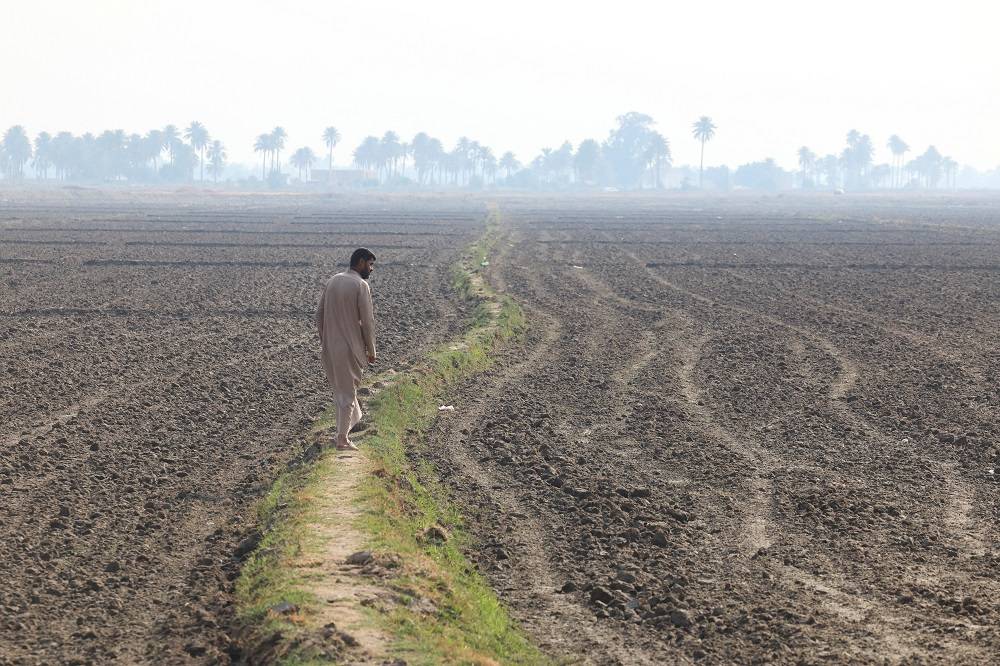Monday’s announcement that ISIS leader Abou Bakr al-Baghdadi had suffered a severe wound was not the first of its kind. Countless claims have been made over the years over his death, starting from when the 2015 offensive to recapture Iraqi areas under the terror group’s control was launched. None of these claims were ever proven true despite many signs that Baghdadi was indeed severely injured.
The latest story said that the ISIS leader was left “clinically dead” after an Iraqi strike against an ISIS gathering in Syria in late June. Many sources even said that Baghdadi had died and a dispute had erupted over his successor. Some said that Abou Othman al-Tounsi was appointed in his place, sparking a dispute with Iraqi members of the group that opposed the leadership of a Tunisian instead of an Iraqi.
The international coalition combating ISIS did not confirm or deny reports on Baghdadi’s death. It said that it had taken note of them, reported Russia’s Sputnik news agency.
This dismissal of the news raises questions over the original purpose for its circulation in the media, all of which based their stories on a single official Iraqi source.
The lack of independent journalism and the remote geographic location of where his death allegedly took place have proven to be obstacles in verifying the Iraqi source’s claim. This leaves the door wide open for speculation.
This does not, however, prevent adding some main details that led to the announcement of Baghdadi’s “clinical death”.
One must not ignore the reasons that led to the emergence of the terrorist group. These reasons were never addressed politically, but only on the military and security levels. This proves right media reports that said ISIS still holds sway in northern Iraqi regions and camps for people displaced from cities previously under its control.
In other words, the imbalance in Iraqi Sunni-Shiite ties that followed the 2003 American invasion has not yet been resolved politically. This therefore, means that a new power could once again follow ISIS’ example, in one way or another, and seize Iraqi territory. Moreover, the actions of some factions within the Popular Mobilization Forces appear to be adding fuel to the fire by acting like occupying powers in dealing with residents of regions that were captured by ISIS.
On top of that is the belief that a system of rule can be established in Iraq based on ISIS’ military defeat. This hides another deeper belief that it is acceptable to ignore the Sunni Arabs in the country and make due with settlements with politicians who speak on behalf of the group.
This equation will guarantee the reemergence of former Prime Minister Nouri al-Maliki’s approach that isolated al-Qaeda and, later, ISIS sympathizers and left them as easy prey for the terrorists.
This recalls articles written about the political roots of ISIS and role of former Baathist officers in its formation and leadership. The group was seen as a reflection of a deep crisis that plagued Sunni Arabs. This crisis was unresolved, leaving members of that community to surrender to the reality imposed by the extremist group. This all culminated in a disaster in Iraq that the country has still not recovered from.
Given the above, one can understand the disputes between ISIS commanders over who will succeed Baghdadi. The rejection of Abou Othman al-Tounsi as leader by the majority of the group is a reminder of the originally deep Iraqi nature of ISIS before it expanded into Syria and the world.
One can also not ignore the fact that news of Baghdadi’s injury broke out amid an ongoing political crisis in Baghdad that erupted after the May parliamentary elections. The news of the injury or death of a figure as significant as the ISIS leader can be used as a tool in forming a new government. News of his death could, therefore, pave the way for a new phase of political bargaining.










